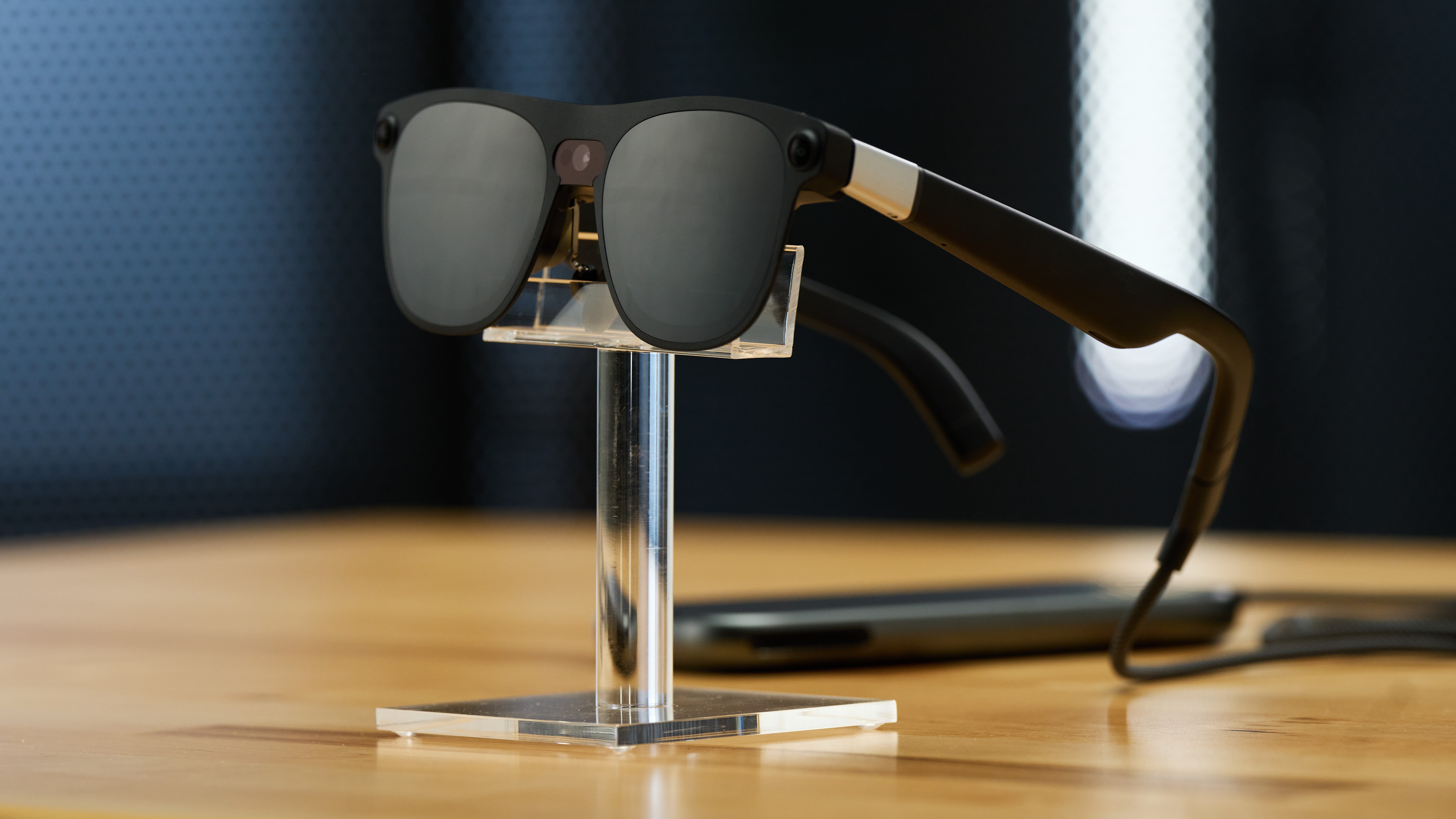OnePlus OxygenOS 14: Release date, new features, eligible devices, and more
OnePlus is starting to roll out its Android 14-based interface, and there's a lot to like.
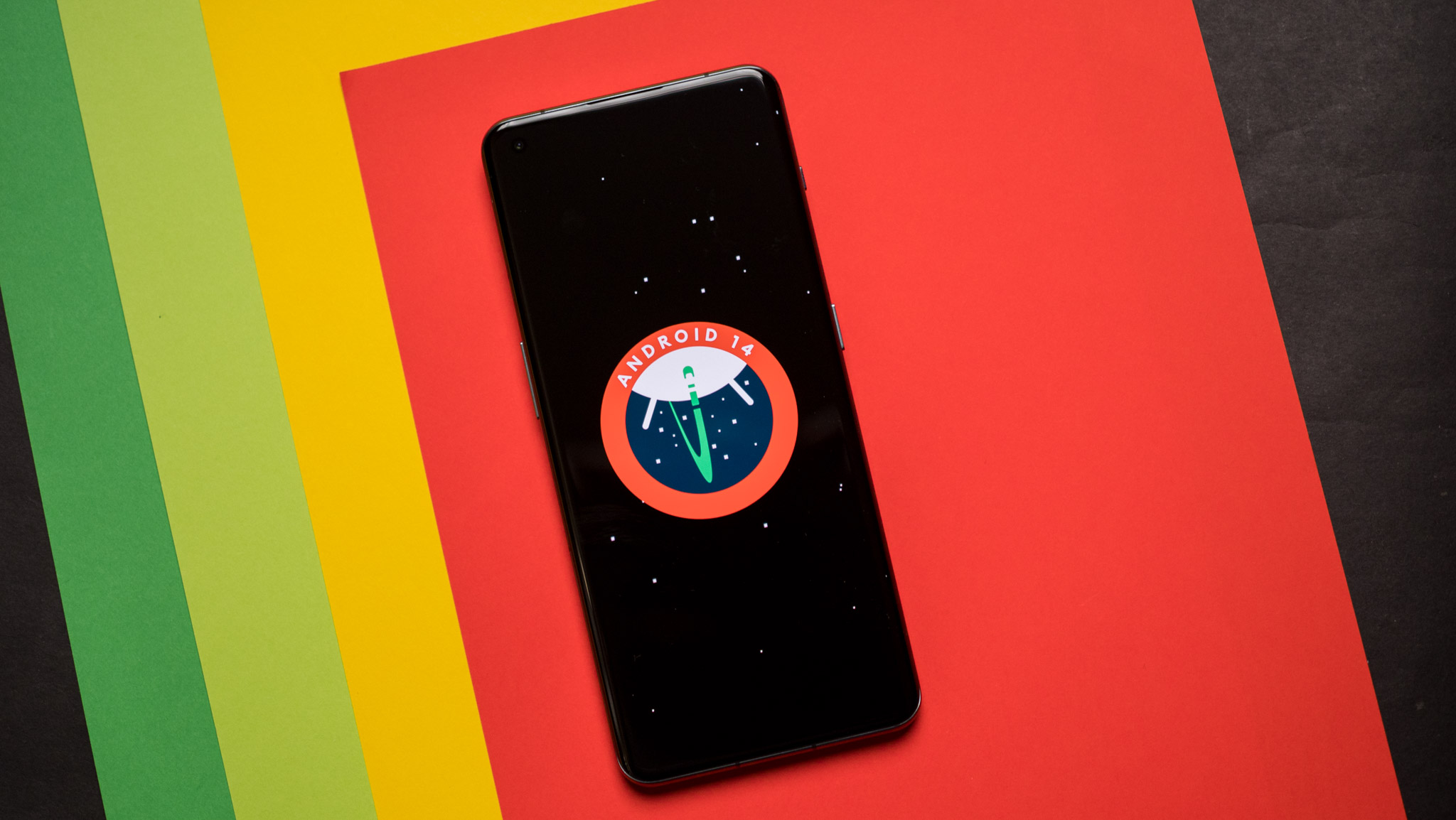
The stable version of Android 14 is on the horizon, and manufacturers are starting to roll out their own take on the next version of Android. Samsung gave us an early look at its implementation of Android 14 with One UI 6, introducing a new visual design and plenty of new features. OnePlus is now following suit, with the Chinese manufacturer rolling out the first beta build of OxygenOS 14 based on Android 14.
I installed the OxygenOS 14 build on my OnePlus 11, and before we get started, a word of caution: like previous years, the beta build has plenty of bugs and issues, and I wouldn't advice installing it on your daily driver. This build is meant solely for testing and providing feedback, and is limited to OnePlus 11 users in India and North America.
With that out of the way, let's take a look at everything that's new in OxygenOS 14.
OnePlus OxygenOS 14: Release date

OnePlus kicked off closed beta testing of the Android 14-based OxygenOS 14 at the end of August, and the public beta started rolling out to a limited subset of users beginning in the second week of September. OnePlus started the OxygenOS 14 beta in earnest on September 25, making the build available for anyone with a OnePlus 11.
For now, the OxygenOS 14 beta is limited to the OnePlus 11, but it will be heading to other OnePlus phones over the coming months. OnePlus is planning to roll out the beta to 16 devices in total over the next two months, making it the most ambitious beta initiative in its history. If you're using an older OnePlus phone, here's when your device will get the beta update:
OnePlus devices getting OxygenOS 14 beta in October:
Why you can trust Android Central
- OnePlus 11R
- OnePlus 10 Pro
- OnePlus 10T
- OnePlus Pad
- OnePlus Nord 3 5G
OnePlus devices getting OxygenOS 14 beta in November:
- OnePlus 10R
- OnePlus 9 Pro
- OnePlus 9
- OnePlus 9R
- OnePlus 9RT
- OnePlus 8T
- OnePlus Nord CE 3 5G
- OnePlus Nord CE 3 Lite
- OnePlus Nord N30
- OnePlus Nord 2T
- OnePlus Nord CE 2 Lite
OnePlus OxygenOS 14: New features

I already detailed the seven best features in OxygenOS 14 in a standalone post, so I'll summarize some of the new additions here. There isn't much in the way of visual changes in OxygenOS 14, but there is a new version of the Aquamorphic design aesthetic that changes accent colors dynamically based on time of day or contextual actions — charging the device, taking a call, and so on:
"For example, the colors will intuitively change according to the status of your device and what you are doing. When your phone is charging, the battery status card will show a gradient animation; or when you’re working out, fitness data tracked on the phone will flow and change in color. Throughout the day, the background color of the lock screen will also change like the color of the ocean on the horizon to remind you of the flow of time."
It is subtle change, but it makes using OxygenOS 14 that much more engaging. Another new addition is the introduction of ringtones and notification sounds based on nature. If that sounds familiar, it's because Xiaomi did something similar back in MIUI 12.
OnePlus is also testing a new way for notification bubbles to show up on the status bar in a feature it's calling Fluid Cloud. Awkward naming aside, the feature is nearly identical to what you get on the Dynamic Island on iOS, but it's limited in its usability as of now. Basically, if you set a timer or start screen recording, you'll see the notification for that in the status bar, and pressing on it pulls up additional controls — just like Dynamic Island actions. I wasn't able to test it on the current OxygenOS 14 build, but it should be rolling out in a future update.
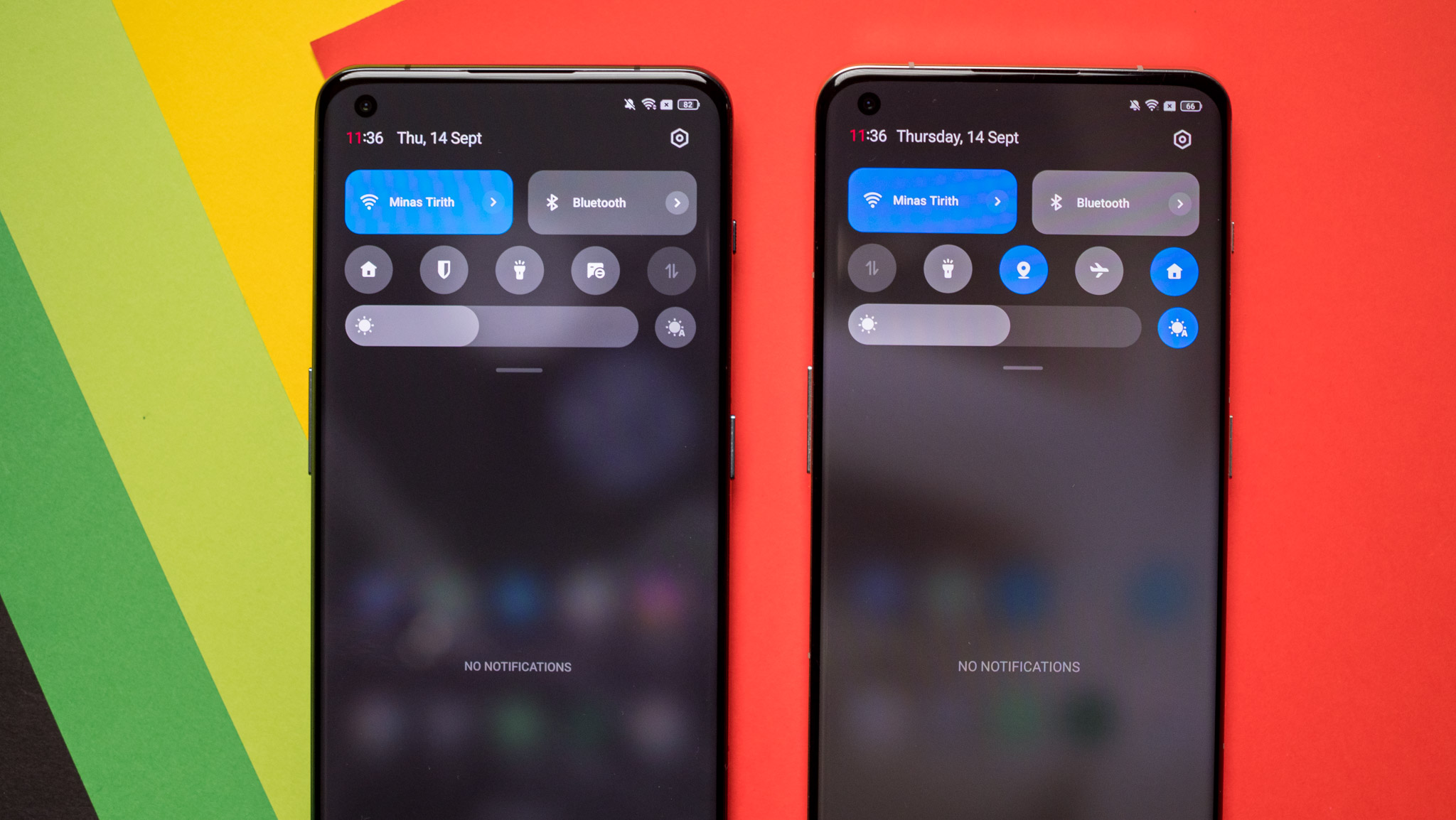
You'll find a lot to like on the customization side of things, with OxygenOS 14 getting a new Carbon Footprint AOD that changes the style based on your activity throughout the day:
"The AOD’s Earth Vision displays 3 sets of earth-related animations according to how many steps you’ve completed each day. There’s also a progress bar together with the corresponding CO2 reduction data displayed in real-time. Different colors and design styles will be shown according to your progress throughout the day."
OxygenOS 14 gets a Trinity Engine framework that utilizes a series of six optimizations around CPU, memory, and storage management along with tweaks to touch latency to give the interface its characteristic "fast and smooth" feel. Of course, that hasn't been necessarily true in recent years following the switch to the ColorOS codebase, but having used OxygenOS 14 for two weeks now, I can feel some of that legacy OxygenOS fluidity once again.
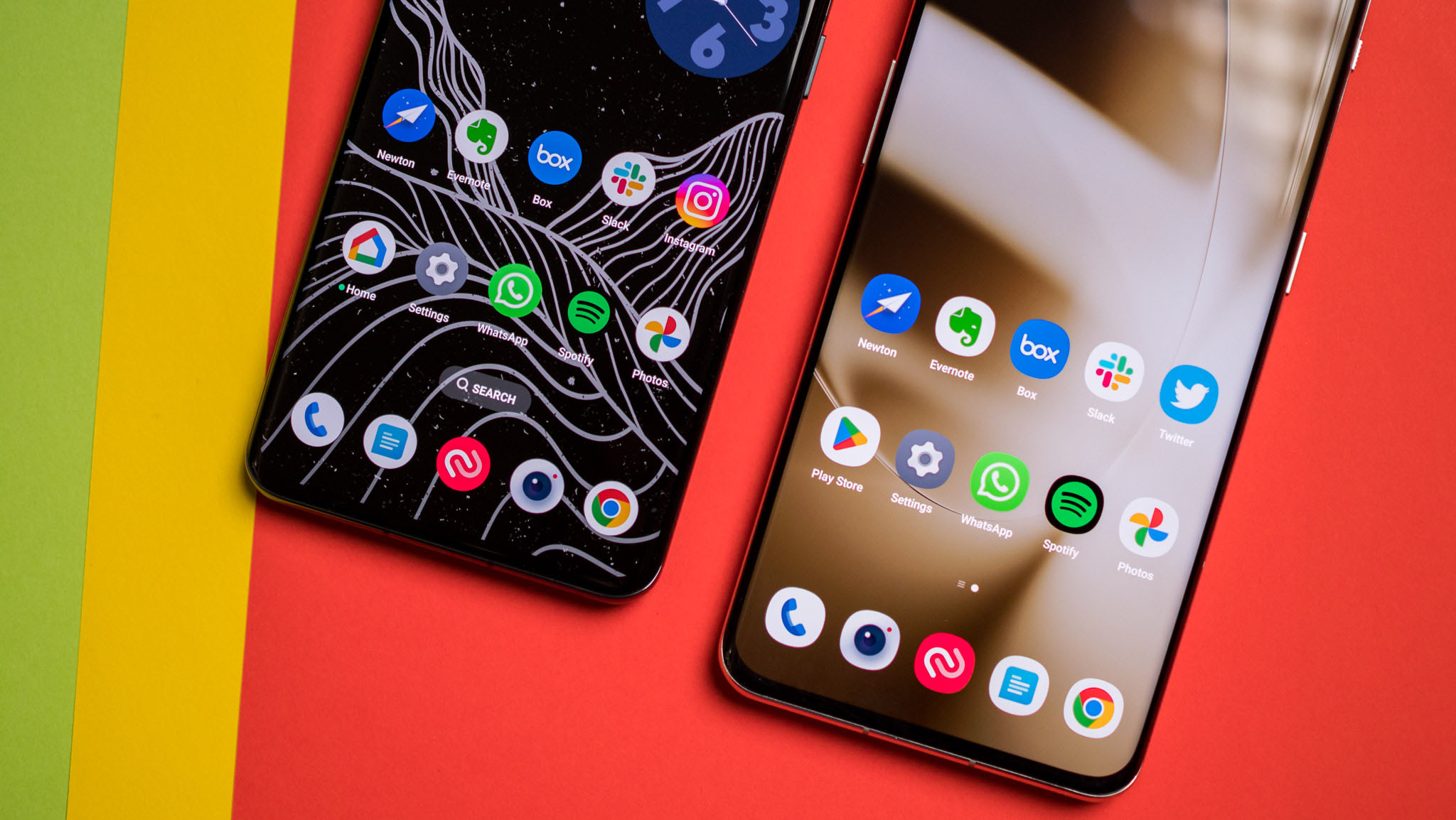
Other features include a new File Dock that lets you drag files to the edge panel, and have those files be present there to be used within any app. It is a nifty use case, and one that should come in handy on the upcoming OnePlus Open foldable. The default Notes client has been overhauled and now has a colorful design and plenty of new modes, and you get a unified security and privacy dashboard that gives you an overview of what's going on with your phone.
Talking about security, OxygenOS 14 gets Android 14's photo and video permission, so you don't need to give an app access to all the files on your phone if you don't need to — instead, you can allow it to only see photos and videos. Another interesting feature is a Strong Box service that's meant to deliver hardware-level security, similar to what you get on the Pixel 7 Pro with the Titan M2 module. In characteristic OnePlus fashion, the manufacturer didn't divulge much about the feature, but I'll dig into it and update this post once I know more.
Rounding out the features, there's a Smart Cutout mode that lets you create silhouettes of existing shots, and you can automatically pixelate sensitive details when sharing photos or screenshots.
OnePlus OxygenOS 14: Eligible devices

OnePlus hasn't revealed the list of phones that will get OxygenOS 14, but it's easy enough to make a guess. For starters, all the phones on the list to get the beta will make the switch to the stable Android 14 build. So here's a tentative list of the OnePlus phones that will be updated to Android 14:
- OnePlus 11R
- OnePlus 10 Pro
- OnePlus 10T
- OnePlus 10R
- OnePlus 9 Pro
- OnePlus 9
- OnePlus 9R
- OnePlus 9RT
- OnePlus 8T
- OnePlus Pad
- OnePlus Nord 3 5G
- OnePlus Nord CE 3 5G
- OnePlus Nord CE 3 Lite
- OnePlus Nord N30
- OnePlus Nord 2T
- OnePlus Nord CE 2 Lite
OnePlus OxygenOS 14: Stable build
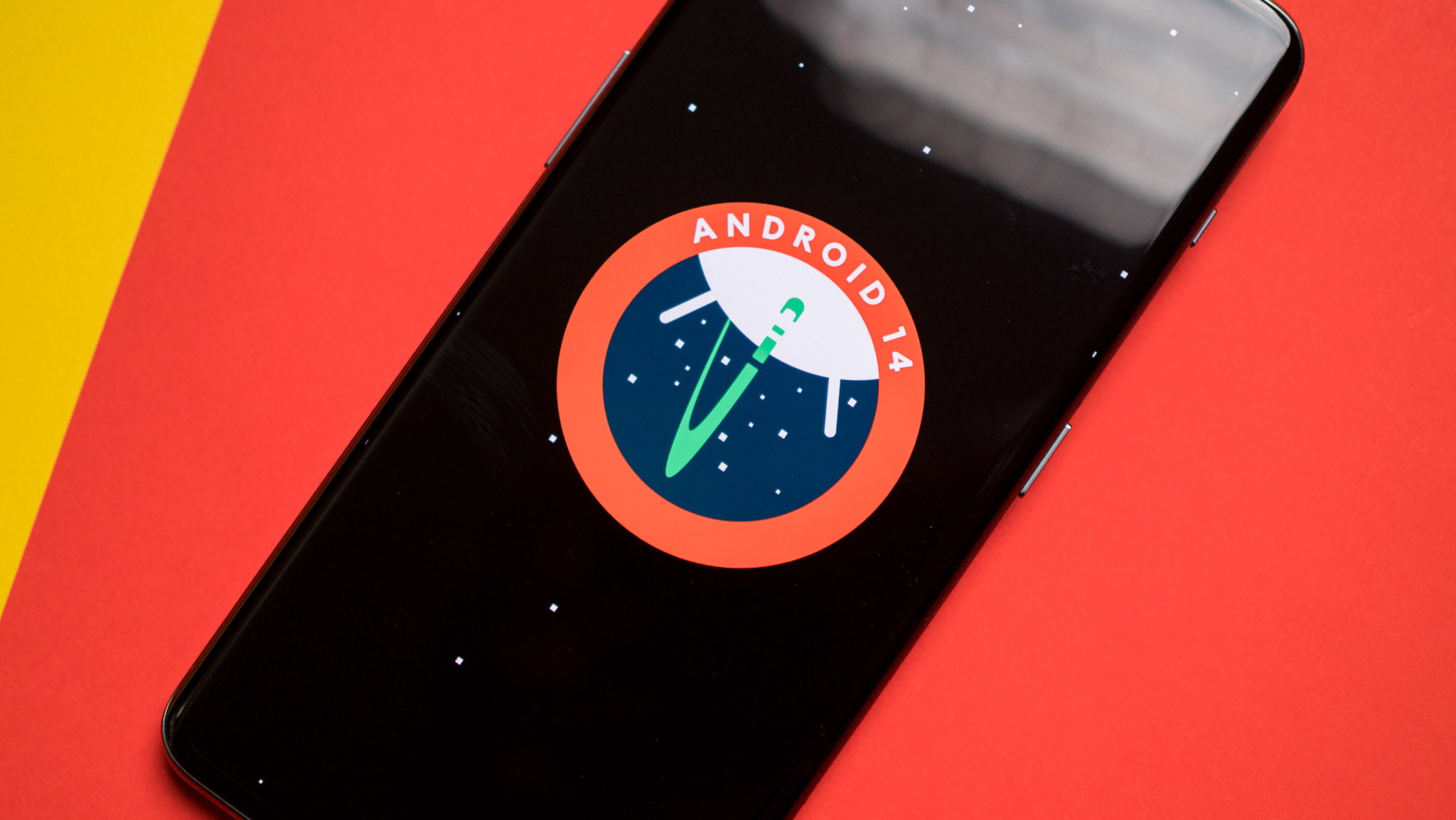
OnePlus did a terrific job rolling out the stable version of Android 13 last year, and it's likely to follow suit with OxygenOS 14. While we didn't get a timeline as to when the stable build will be available — that's down to the bugs encountered in the beta program — there's a good likelihood that the stable version of OxygenOS 14 will start rolling out at the end of November or early December.
I'll update the post as we get closer to that window and share additional details. For now though, OxygenOS 14 is turning out to be a decent release that offers a good mix of features. I would've liked some more visual changes, but it's clear that the priority for the brand with this version is to create a stable foundation with good optimization, and that's something I can get behind.
Get the latest news from Android Central, your trusted companion in the world of Android

Harish Jonnalagadda is Android Central's Senior Editor overseeing mobile coverage. In his current role, he leads the site's coverage of Chinese phone brands, networking products, and AV gear. He has been testing phones for over a decade, and has extensive experience in mobile hardware and the global semiconductor industry. Contact him on Twitter at @chunkynerd.
